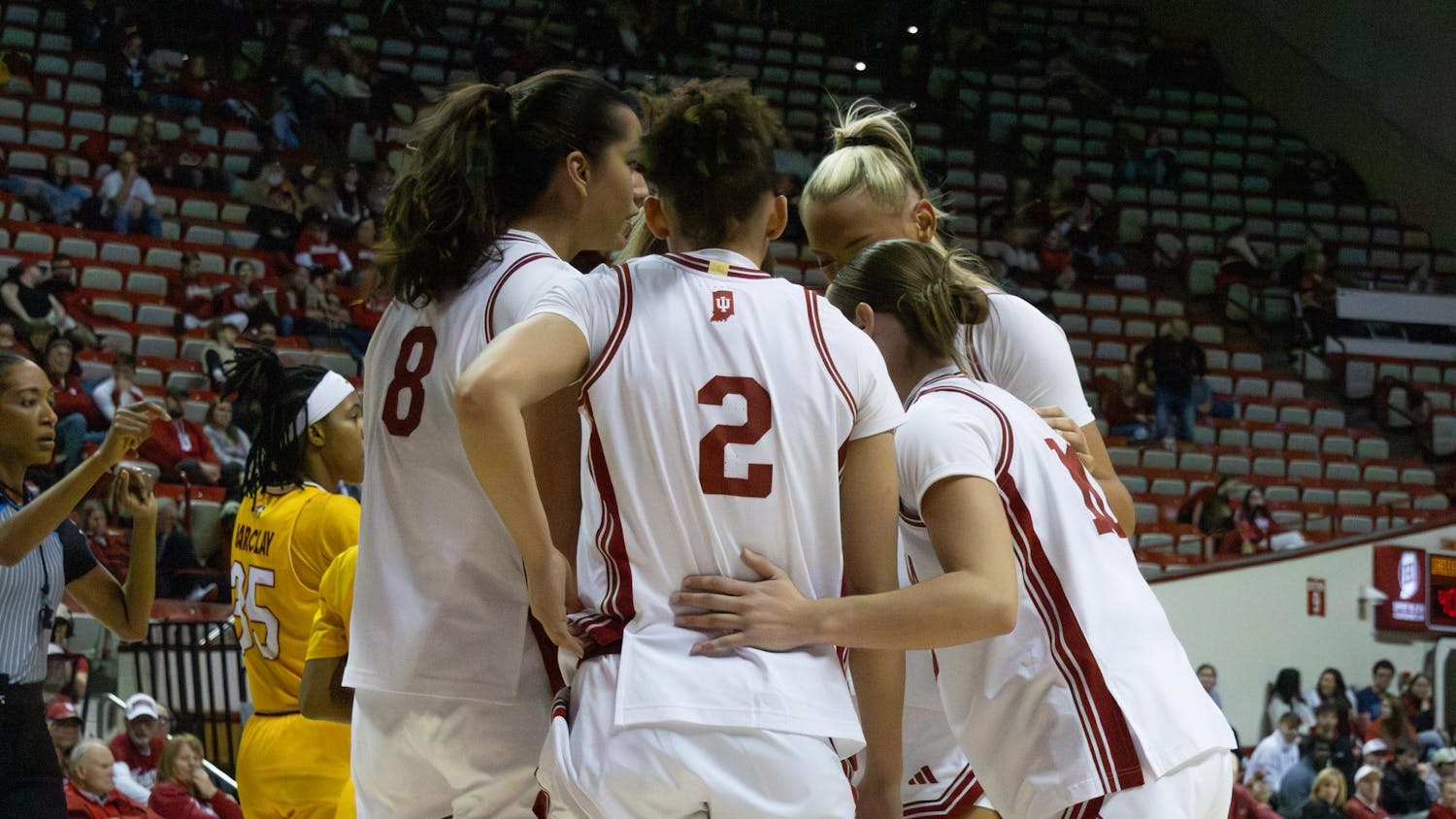The laboratory is filled with equipment for cutting-edge imaging, including lasers and supercomputers programmed to detect the faintest glimmers of light. Bogdan Dragnea sits and gazes, smiling at a sight that, in his thick Romanian accent, he likens to "bright beacons, like stars in the night sky." But this man is not an astronomer; he is a chemist. And the sight he is seeing is not distant suns but nanoparticles of gold only inches from his nose.\nDragnea is a scientist and an assistant professor in the IU Department of Chemistry. Recently, he successfully has inserted tiny specks of gold into a virus to track its movement throughout infected plant cells. This process allows his team to view the inner workings of cells and the functioning of viruses in a manner not available before. Dragnea's research has been ongoing since 2001 and is the latest in a string of nanotechnology studies revolutionizing chemistry, providing insights into virology and even into the structure of the human brain.\nDragnea's particular nanotechnology technique shows special promise for uncovering a long-standing question in medical science: How exactly do viruses behave inside cells? To date, the only way to get a partial answer was for scientists to freeze cells infected with viruses and take pictures of the results. \n"Once this new method matures, we will be able to observe viruses acting in real time," Dragnea said. "That could lead to a new understanding of how viruses and diseases operate in the body." \nThis imaging device could also be applied to magnetic resonance imaging, or MRI, scans that work by tracking blood flow and the magnetic fields of the body.\n"One day we will be able to place nanomagnets into a benign neurotropic virus, which is a brain disease that spreads by leaping along the synapses (the gaps between sensors in the brain)," Dragnea said. "If we then scan the area using an MRI, we would be able to effectively map the structure of the human brain."\nDragnea's research has helped develop new imaging techniques. Traditional optical microscopes, found in most high school science classrooms, can only focus light so much before the image becomes too hazy -- leaving researchers in the dark. \nDragnea has found a way around this problem using a technology that is millennia old and is still used in making stained glass. With nanoparticles of gold and other specialized materials, Dragnea and his team have been able to inject viruses with gold particles 3 to 10 nanometers in diameter -- a millionth the diameter of a human hair. These tiny grains then reflect the light from a standard microscope, illuminating objects that otherwise would only be visible with the most advanced and expensive microscopes. \n"We disguise the gold inside a virus that acts as sort of 'nano-coat' so the cell doesn't attack it," \nDragnea said. "Then, as the virus makes its way around the interior of a cell, it makes organelles and other cell structures such as the nucleus show up that otherwise would be hidden from view. \n"It's like a tiny flashlight in a dark pool reflecting against the mirrored walls as it swims by."\nThe team reports that it is about halfway to attaining its final product of a virus with a gold core that preserves all the functions of a normal virus. However, Dragnea cautions not to worry about this virus running amuck in Bloomington -- it only affects barley.\n"The only people who have anything to fear would be the beer industry," Dragnea joked.\nWhile nanotechnology is still in the "pre-competitive" stage, nanoparticles are being used in a number of industries. These molecular Model-Ts have already been used in electronic, magnetic, biomedical, pharmaceutical, cosmetic, energy, catalytic and materials applications.\nCorporations, governments, universities and others have spent an estimated $8.6 billion on nanotechnology research and development in 2004. \n"In the future, nanotechnology will let us take off the boxing gloves," said Professor Ralph C. Merkle of Georgia Tech, who is also vice-president of a chemistry-based nanotech start-up company. "We'll be able to fabricate an entire new generation of products that are cleaner, stronger, lighter, and more precise."\nDragnea's pioneering efforts in using viruses for molecular imaging are catching the attention of local biologists, such as Tuli Mukhopadhyay, an associate professor in the IU Department of Biology.\n"The precision with which virus's assemble is remarkable and manipulating this process (in a good way) may allow one to use virus particles as a tool for medical imaging," Mukhopadhyay said. "I am personally very excited about this research."\nSome of the biggest scientific advances in coming years may come in the smallest of packages, with chemistry and medical science already standing to benefit as long as researchers such as Dragnea continue to push the nano-envelope. \n"Nanotechnology is where biology, chemistry and physics converge," Dragnea said. "What may result from the collision stirs the imagination."\n-- Contact Staff Writer Scott \nShackelford at sjshacke@indiana.edu.
Professor takes steps toward viral gold rush
Nanotechnology revolutionizes tracking viruses
Get stories like this in your inbox
Subscribe





